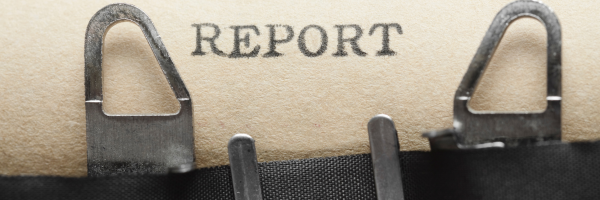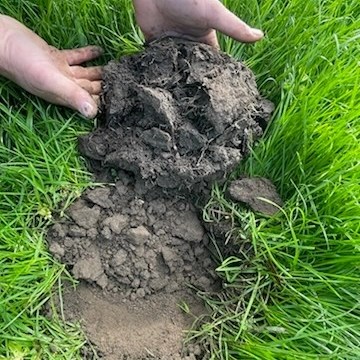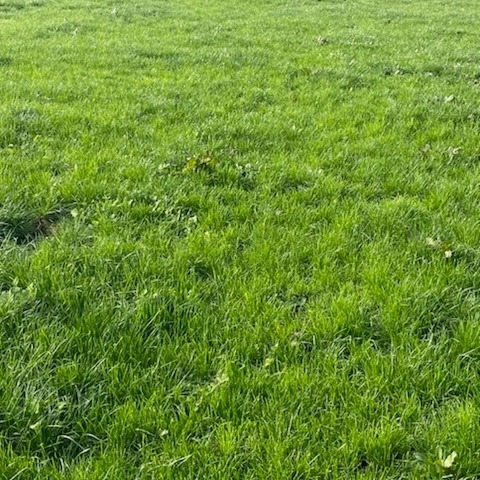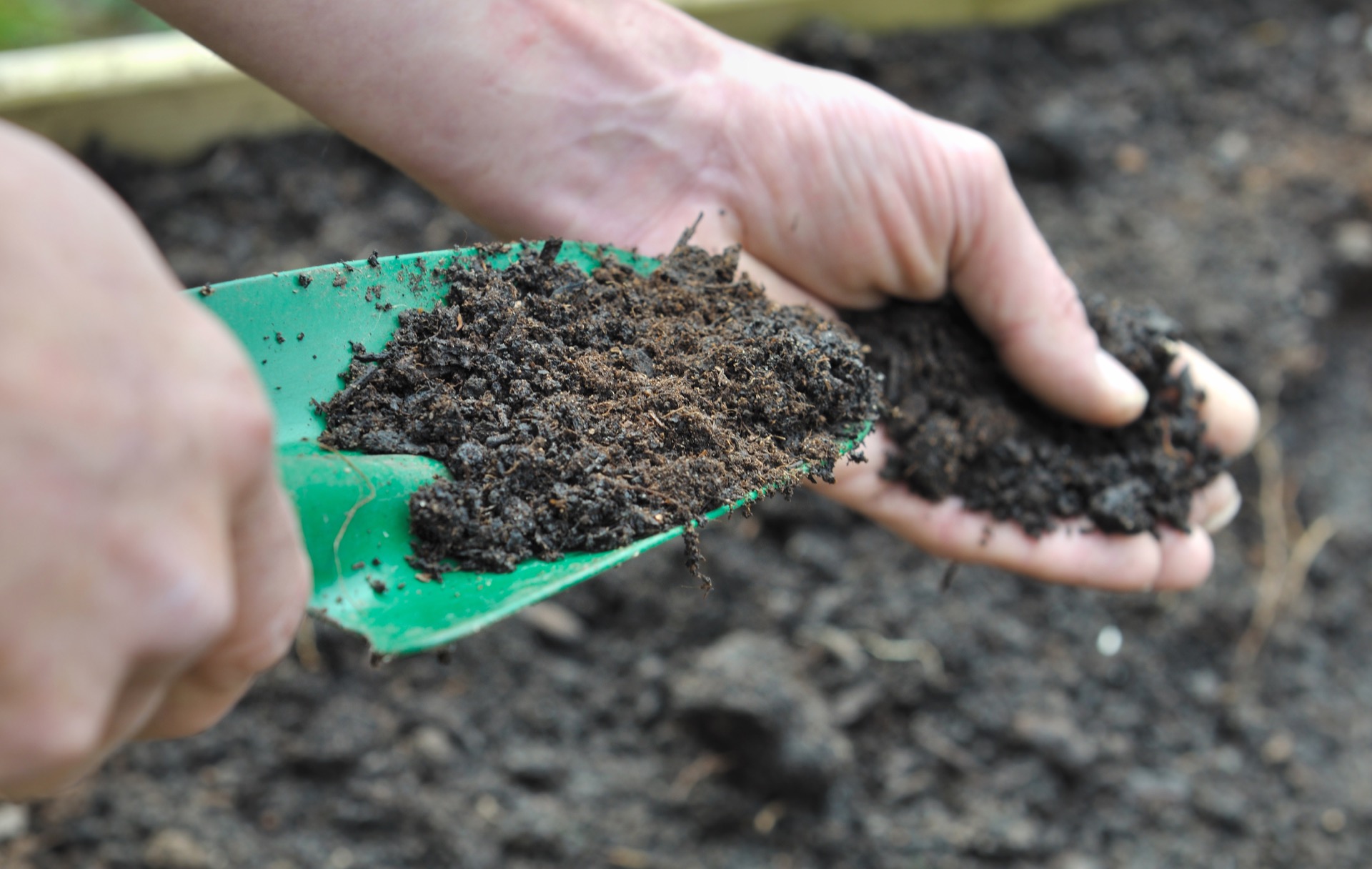
25 Jul WA farmers use biologicals to improve productivity
Graham always wanted to drive across the Nullarbor to Western Australia. So, when the opportunity to do some research using Biolink™ Bio-Hum and Bio-Hum Soil Drench in the grain industry with research specialist SLR agriculture in York, WA, he decided to make the journey. And he thoroughly enjoyed the diversity of the landscapes he passed through!
While in the West, he met with several farmers to discuss the best way to nurture the soil and sustainably grow crops and pastures in harsh climates.
Graham reports on his trip to visit WA farmers:
I initially approached three farms based on a client recommendation. The farms are nestled in a pocket between Walpole and Denmark on the coastal fringe. With an average annual rainfall of 1000mm or more, their main concerns were how to:
- Grow enough feed for the amount of rainfall they receive annually
- Mitigate against the effects of 100kgs of salt being dumped from ocean rain
- Improve the poor water-holding capability of the soil.
- Lift the capacity of the soil to hold onto nutrients
As beef operations, the farms rely on home-grown dry matter in a pasture-based system to increase productivity and sustainability.
After we met and discussed their issues, I explained how our range of biological fertilisers could help. They were keen to go down the composting trail. This made a lot of sense, as effective composting would help build capacity in these sandy soils.
My recommendation:
All three farmers had limited access to chicken manure and litter, and their stockpiles were made of older material. Given that the materials contained a lot of carbon, I suggested we add Biolink™ Ignition to their stockpiled material at 1kg per tonne rather than the usual 500 grams per tonne. This greater quantity of Biolink™ Ignition would give the material a higher microbial force to break down.
If the compostable material were left with a higher undigested carbon level once spread onto the paddock, it would have drawn on the natural nitrogen cycle in the paddock and negatively affected production.
After doing some soil analysis, we could see that the potassium/sodium ratio was going to be an issue. We decided that a hybrid approach using conventional and biological fertilisers would help yield more tonnes of dry matter.
The follow-up
Once the program was in place, we kept in touch via email. I returned to the West to demonstrate how to mix materials, add the Biolink™ Ignition, and turn the piles for the best result.
We aimed to have the optimal 50/50 carbon-to-nitrogen ratio to ensure we were creating nutrient-rich fertiliser.
The farmers were happy with the approach and followed our recommendations, turning their compost heap seven times over 21 days and blending lime at 10% on the last turn.
Incorporating the lime at the end of the composting process ensures that biology can speed up calcium release from the lime.
Continuing the hybrid approach, we use Biolink™ Bio-Hum in their other pasture fertiliser applications to ensure we don’t lose nutrients to the environment and cause any issues in this sensitive area. Bio-Hum is our 100% natural probiotic fertiliser additive, which helps to stimulate growth and soil health. We use this to add more beneficial bacteria and fungi and encourage a micro-climate for mycorrhizal fungi to flourish naturally.
Bio-Hum also helps the soil hold onto nutrients in the root zone, supporting a full seasonal uptake and stopping nutrient losses to the environment.

This photo shows some Western Australian pasture sown down with composted chicken manure and broken down with Biolink™ Ignition during one of the driest periods in this area (near Denmark).
The hybrid program uses compost in the Autumn at 3 t/hectare. Once the pasture is gone, we need to stimulate growth. We suggest applying a nitrogen/ potassium blend at 50kgs/hectare, with 2kgs of Bio-Hum in each application. We recommend two or three applications in the growing season for best results.
If pests are an issue, we recommend spraying to protect the crop. After year two or three, we generally see a reduction in pests due to increased brix or sugar levels. Sometimes, when crops are stressed (like in dry seasons like this year), we can still experience insect pressure.
I have regularly been in touch with all the farms, and they are progressing well. Some much-needed rainfall, after one of the longest dry periods for this area of Western Australia, has helped at the start of the season.
Graham’s visit with farmers in NULLAWARRE WA
The Nullawarre dairy farm is entering its fourth season using Biolink products. We’re happy to hear they’re pleasantly surprised at how much feed they’ve built up for the herd.
Their program is simple:
- They use a base PKS fertiliser and mix it with Biolink™ Bio-Hum in the autumn. Once the pasture starts to grow in autumn, they follow the cows’ rotation, mixing 2 kg of Bio-Hum with 60 kilograms of urea as a solid application.
- If wet conditions hamper solid applications of the urea, they sometimes opt for foliar application and use 1kg Biolink™ Bio-Hum Soil Drench with Urea. The urea is dissolved in water, mixed with the Biolink™ Bio-Hum Soil Drench at 30kg urea and 1 kg of Soil Drench and applied onto the paddock.

The soil is looking good!

Lush pasture at this Nullawarre dairy farm
Compared to other dairy operations in the surrounding properties, they’re ahead with their feed bank. Considering the extremely dry season the region is experiencing, they’re still getting good milk solids and production.
Early on at Nullawarre, they had more rain than most people, and the soil was now full of worms. Plus, the first 100mm soil structure looks much healthier.
Biolink™ Bio-hum is in action here, boosting the soil’s nutrient and water-holding capacity. That’s when you get great results.



